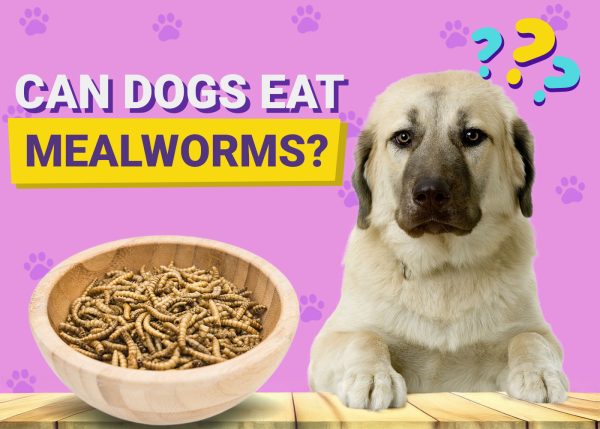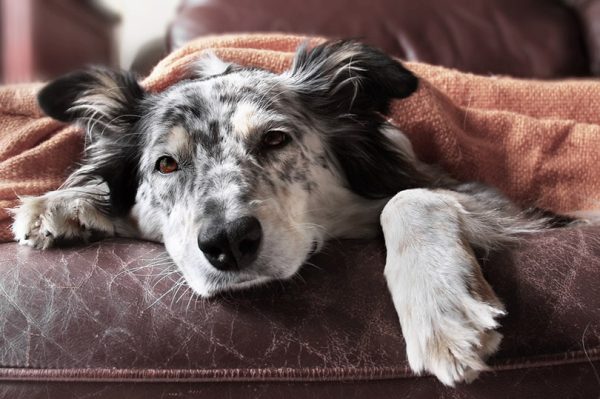Dogs can do weird things sometimes, as any dog owner can tell you. Pushing their food around with their nose after you feed them is definitely one of those things that can make you wonder: What’s the reason for this behavior and what does it mean?
Believe it or not, dogs do have reasons that they do this, even though it may seem strange to us. Let’s look at a few common explanations for why this happens.

The 7 Reasons Why Dogs Push Their Food With Their Nose
1. Stashing
Your dog may be trying to stash or “bury” their food to save it for later. Storing food is a trait that many wild dogs have, like wolves. Since they know that food may be scarce at times, they may try to save food that will last them a while. If your dog isn’t feeling particularly hungry at mealtime, they may try to stash their food, knowing that they will have it when they want it again.
2. Investigating
Dogs are curious. They may be pushing their food with their nose to simply investigate what’s in the bowl. Have you recently changed dog foods or added something new to their diet? Nosing their food could be a sign that they have noticed the change and want to check it out. Dogs use their sense of smell to learn about the world around them. You will also notice this when a dog is on a walk or exploring the outdoors.

3. Bowl Placement
Maybe the dog isn’t intentionally pushing their food, but the bowl is sliding across the floor as they eat. You can put a mat under the bowl to provide traction or place the bowl in the corner of the room so it’s blocked by the walls.
4. Bowl Size
If the bowl is too small for your dog to eat out of comfortably, they could push their food with their nose to try to move it to a more comfortable spot. The bowl should not touch or rub against your dog’s cheeks or chin while they eat. If it seems like the bowl is too small, switch to a larger bowl or a plate and see if that stops the behavior.

5. Learned Behavior
If your dog pushed their food once and you gave them attention, they may be doing this because they want more of it. Maybe you assumed that your dog didn’t like their food and tried to make it more appealing by adding treats to it. Your dog now thinks that if they push their food around, they’ll get something else, including your eyes on them. Try ignoring your dog when they do this, and see if they eventually finish their meal.
6. Health Issues
If your dog has no interest in eating, they may push their food away. If they come back to it later when they’re feeling hungry and finish it, this isn’t a cause for concern. If your dog is pushing their food away and seems to have no appetite in general, this could be a sign of a health problem. Some medications can also cause dogs to have a reduced appetite. If your dog suddenly stops eating, talk to a vet. They will likely need a thorough checkup to rule out any health issues.
If you need to speak with a vet but can't get to one, head over to PangoVet. It's our online service where you can talk to a vet online and get the personalized advice you need for your pet — all at an affordable price!

7. Mouth Issues
Maybe your dog wants to eat and tries to do so but can’t. If they’re pushing their food away even though they seem hungry, the issue could be in their mouth. Dental issues are common in dogs. Signs that your dog is experiencing mouth pain are drooling, bad breath, trouble eating or chewing, pawing at the mouth, and swollen or bloody gums.

Conclusion
While dogs may do many things that we don’t understand, they do typically have their reasons for their behavior. If you notice your dog pushing their food with their nose, try to identify the issue and see if you can solve it. Any strange behavior should always be discussed with your vet, especially if it seems that your dog isn’t feeling well.
Featured Image by: Jaja Fekiacova, Shutterstock



















